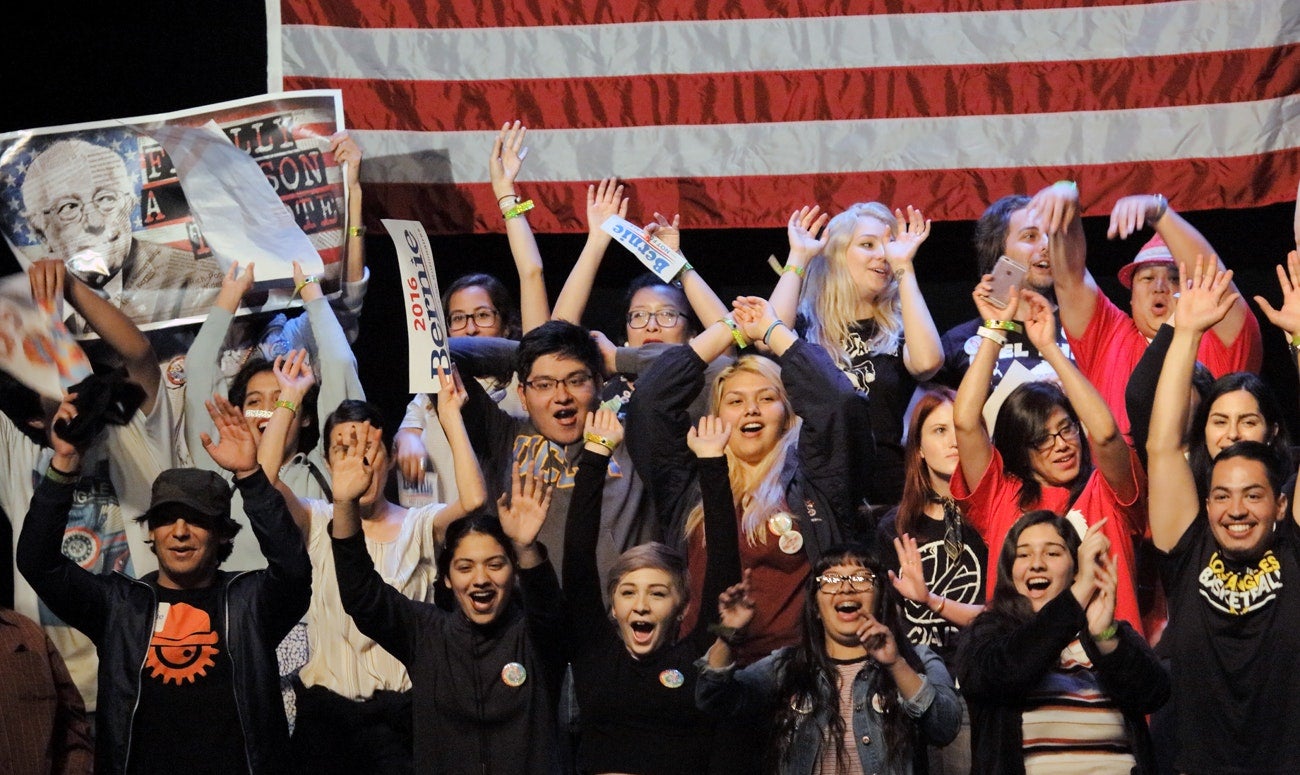The political divisions that emerged and intensified during the 2016 U.S. presidential election were particularly apparent at colleges and universities: Students protested candidates, registered to vote and debated hot-button issues inside and outside of their classrooms.
According to findings of the Freshman Survey (PDF), an annual study of first-year college students administered by UCLA’s Higher Education Research Institute, political polarization on campuses is the most extreme it has been in the study’s 51-year history. Just 42.3 percent of freshmen characterized their political orientation as middle of the road — the lowest figure since the survey began in 1966. Meanwhile, 35.5 percent considered themselves liberal or far left and 22.2 percent said they are conservative or far right students.
The report also reveals the survey’s largest-ever gender gap in terms of political leanings. An all-time high 41.1 percent of women identified themselves as “liberal” or “far left,” compared to 28.9 percent of men. Women also were more likely than men to agree that addressing global climate change should be a priority of the federal government (82.4 percent versus 77.6 percent) and to favor stricter gun control laws (75.4 percent versus 58.8 percent).
“The increased activism among entering college students we found in 2015 seemed to intensify in the months leading up the, and our 2016 survey points to the diversity and polarity of how college freshmen perceive their place in the current political landscape,” said Kevin Eagan, lead author on the report and the institute’s managing director. “The gender gap in students’ political beliefs and levels of empathy suggests an opportunity for campuses to facilitate dialogues that bridge differences.”
The Survey also found growing worry over college costs, with higher levels of concern among women and minorities. The Survey also found emotional health concerns on the rise among students.
A summary of the research findings is available here.
